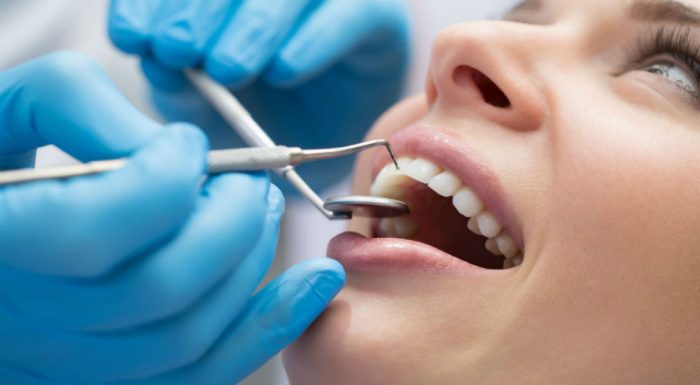
How 3D Planning Could Change the World of Dentistry for Good
There’s no denying that dental care has come a long way in recent years. After all, it wasn’t all that long ago that a blacksmith would perform dental procedures in any old darkened alley. However, it has come further than you may think, especially when regarding dental implants.
Dental implants have long been a preferred way in which to replace a missing tooth without resorting to dentures. Any accident, injury, or illness can require tooth removal, but it’s always helpful to know that dental implants are a way to solve the problem.
Dental implants are frames or posts constructed of metal that a dentist positions in your jawbone underneath your gum. Once in place, your dentist can then fit replacement teeth onto those posts. Unlike dentures, dental implants are firmly in place and take on the role of a natural tooth with full function.
However, dental implants require enough bone for a solid tooth foundation, and those who have suffered from an accident or injury resulting in tooth loss may not have enough.
Dentists solve that problem with a surgical procedure known as bone grafting. Titanium mesh supports the shape of the graft as new bone grows. However, that material can irritate soft tissue and can be particularly tricky to mold in place and get right.
That’s why 3D planning may be of future assistance in the dental implants field. A recent letter in the Journal of Oral Implantology discusses a possible technique to improve bone regeneration for dental implants.
Authors and doctors of the study from King Khalid University, King Saud University, and Loma Linda University created a virtual 3D model of a patient’s mouth with a bony defect resulting from an injury.
They identified where the graft should go with a computer program, printed a model, and fabricated it with titanium mesh so that it would fit the bone volume and position. The mesh was then filled with harvested bone and secured in the patient’s mouth with fixation screws.
3D planning allows dentists to form the most accurate shape for any bone loss. As a result, the patient is less likely to experience irritation from the titanium mesh and a more desirable healing outcome.
According to one of the authors, Aladdin J. Al-Ardah, the best part about 3D planning is precision. Accuracy is everything for the best outcome, and being able to know correct measurements and positioning before the procedure can save a significant amount of time in the dentist’s chair, and during healing and alterations.
There is still work to do, especially on improving the fabrication, but this dental procedure could become mainstream for the effective installation of dental implants in the future. Time will tell what this could mean for those with missing teeth as a result of an accident or injury.
